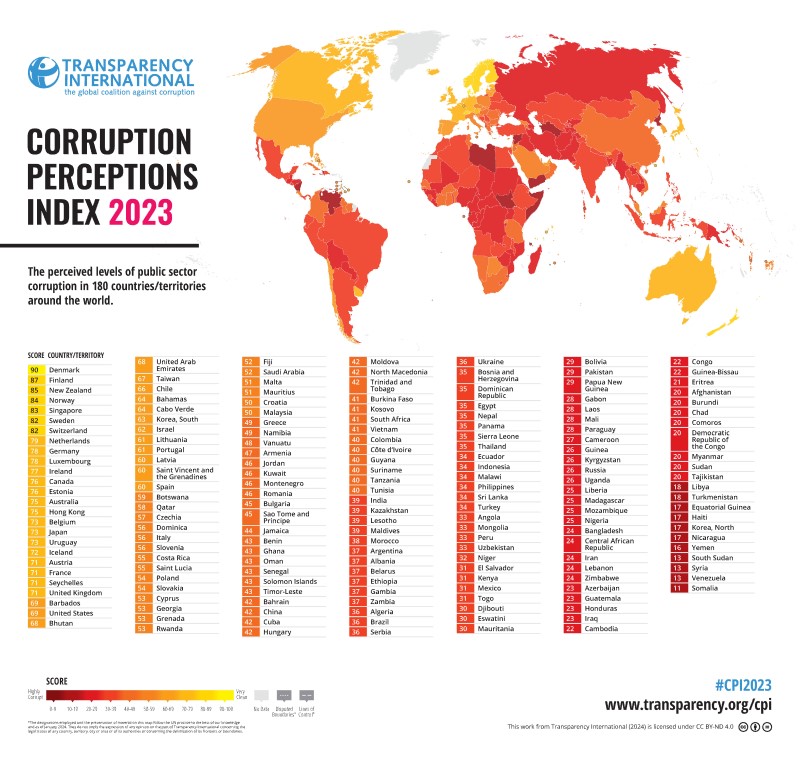-
•
•
4 responses
So I wanted to wrap up a few more thoughts I mentioned in my last post, but at the request of the TS bloggers, I put them over at the Juvenile Instructor. So you can check them out over there. One on BH Roberts’s problematic claims of Platonism corrupting Christianity, another noting problems with Stephen Webb talking about that issue, and finally one highlighting the endowment as indicative that JS was seeking to restore what he believed was LOST to the Bible, rather than focusing on biblical practice itself. Greek mystery rites were very important to the concept of the… Read More
-
•
•
12 responses

The New Testament is basically contradictory about the divine nature of Christ. On one hand Christ clearly talks to God as a separate being and identifies his will as being separate from God’s (Luke 22:42), but elsewhere he refers to himself as the Father in a very literal, I-am-physically-the-same sense (John 14:8-14). And then we have the issue with the fact that two divine beings (if we assume that Christ is both divine and a distinct person from God)=polytheism. So in the end your take on the Trinity or godhead comes down to which bullet you are going to bite.… Read More
-
•
•
2 responses
People are probably going to bring up the Confessing Church frequently, so it’s best to get some things straight at the outset. Read More
-
•
•
13 responses
When I was on my mission, there were a few hot commodities on the book market that most of the missionaries wanted to get their hands on. Foremost among them were Teachings of the Prophet Joseph Smith and Joseph Smith: Rough Stone Rolling, with bookstores in Nauvoo, Illinois being the location in my mission where missionaries could find these books. I picked up both books there while I was serving in the Nauvoo Stake, though later that same day the mission president explicitly banned Rough Stone Rolling and had his brother-in-law come as a visiting seventy to reinforce the ban. I didn’t… Read More
-
•
•
10 responses
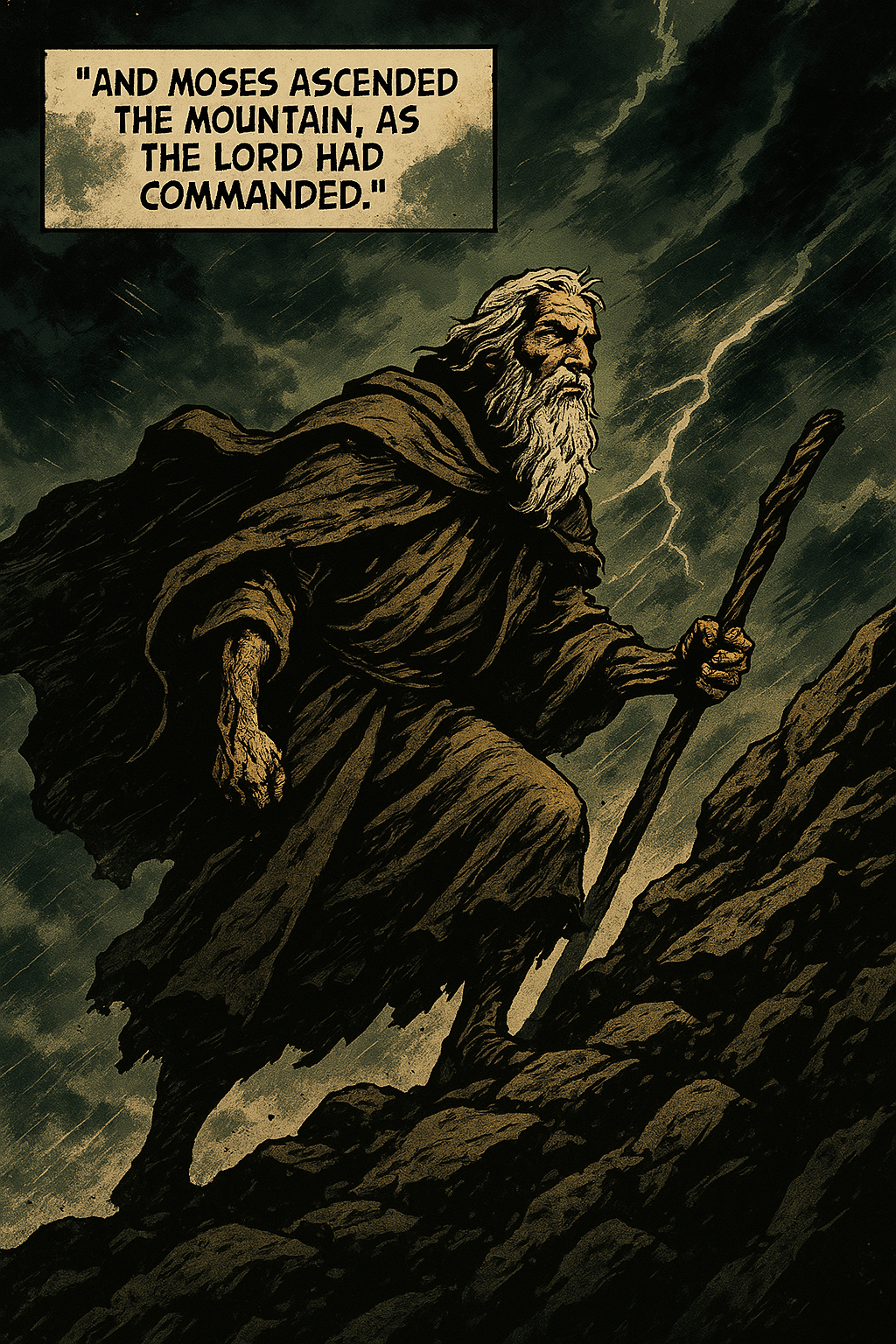
For what seemed like forever the moat protecting the jobs of illustrators from AI was the fact that it was hard to nail down consistent characters. You could maybe, with clever prompting, get one frame to kind of look like the other, but it didn’t really work, which is why a lot of early AI-storyboard uses were for stories that didn’t require a lot of scenic or character consistency (like my Midjourney edition of the creation story). Well, that moat has now been bridged. Both Google Gemini and Chat-GPT have more or less resolved the character consistency issue in the… Read More
-
•
•
6 responses
I love finding out about key people in the history of the Church of whom I was previously unaware. Signature Books’s latest entry in its Brief Mormon Lives project, Eduardo Balderas: Father of Church Translation, 1907–1989, by Ignacio M. Garcia, is a great example of this. Read More
-
Come Follow Me Currculum, Doctrine and Covenants, Language and Literature, Music and Poetry, Poetry, SS Lesson – Doctrine and Covenants
•
•

The concept of gathering maybe one of the most-changed concepts in LDS belief. In D&C 29 the call to be “gathered in unto one place upon the face of this land” clearly refers to a physical gathering, where members of the church lived near each other. Later the number of places of gathering increased, and each place was called a ‘Stake.’ More recently, esp. beginning in the 20th Century, the concept of gathering became a spiritual idea—a gathering of people who have the same connection to God. Under this new definition each member ‘gathers’ by being baptized and making commitments,… Read More
-
•
•
12 responses

Book of Mormon in Elvish per Scripture Central In terms of translating sacred scripture, we have nothing on the Protestants. One of the go-to sources for describing and cataloging languages, the publication Ethnologue, was originally started (and is still used, I believe) as a tool to help Evangelical Christians record which languages still needed Bible translations. A question I’ve had in the back in my mind for a while is if we’ll ever get to a point of saturation with scriptural translations, where we’ll basically have translations for all major languages outside of some uncontacted Papua New Guinean tribe and… Read More
-
•
•
The reading associated with this week in “Come, Follow Me” includes section 25 of the Doctrine and Covenants, the revelation addressed to Emma Hale Smith. Luckily, the Latter-day Saint history blog From the Desk published an interview with Robin Jensen on that very subject, including a great discussion about how the revelations were a collaborative process. What follows here is a copost to that interview. Read More
-
•
•
15 responses

What does it mean to abstain from food polluted by idols? It’s one of the more pressing questions that we face today. Read More
-
•
•
5 responses
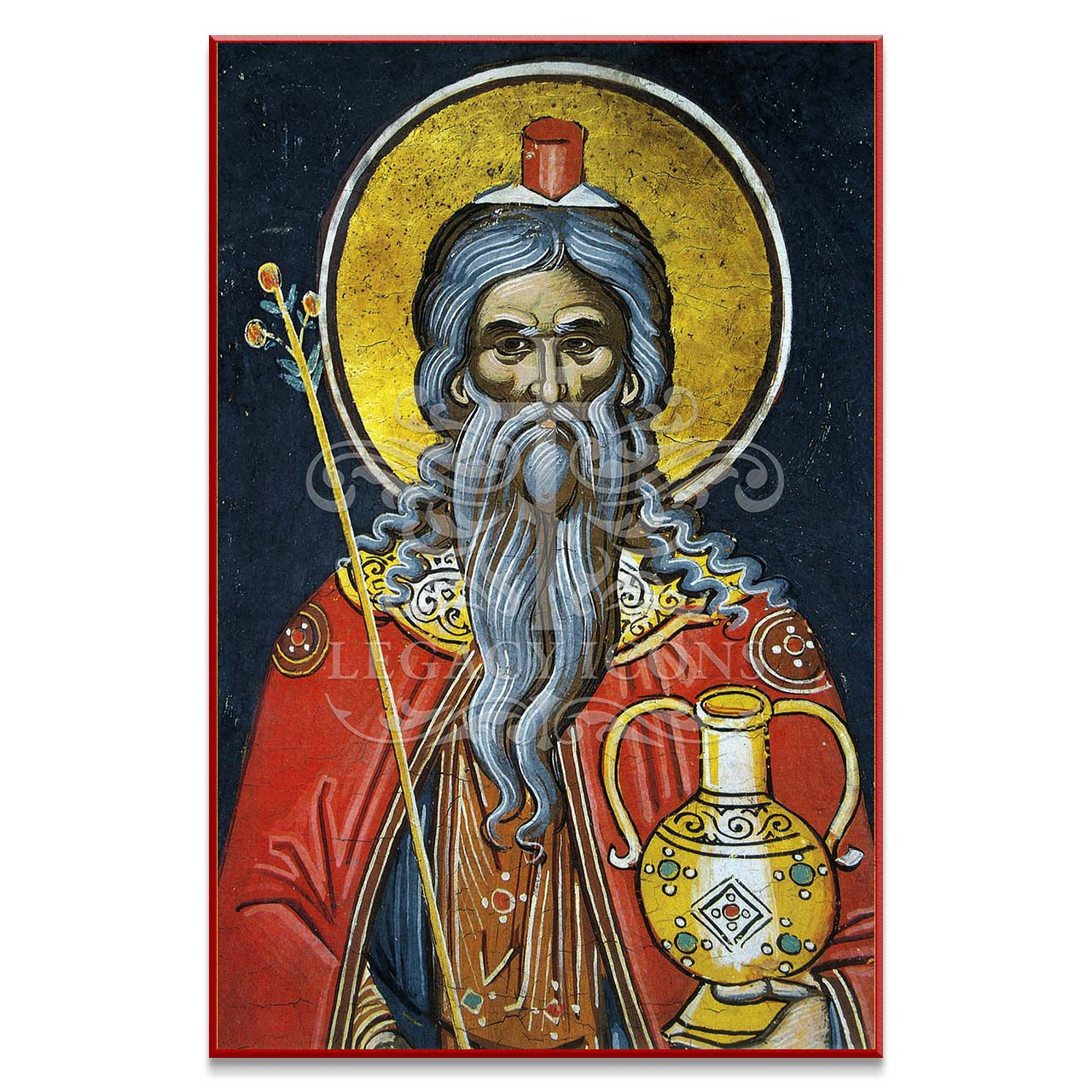
I don’t consider myself a terribly spiritual person. This isn’t as self-deprecating as it sounds, in part because although we tend to conflate “spiritual” with “righteous” or “good” they’re technically distinct concepts. I do the right things for the most part and my heart is in the right place, but I don’t have that kind of intense, interpersonal day-to-day interaction with God that some people have. Some of this is a function of effort, but I’m convinced that some people were simply just born with that particular gift. So on that note I was going to make my way through… Read More
-
•
•
The Utah War is a subject of ongoing interest in the history of Utah and the years leading up to the American Civil War in the United States. As a Latter-day Saint who was raised in Utah, I’ve generally been introduced to the perspective of the Latter-day Saints rather than the rest of the nation. In University of Nebraska Press’s publication of On the Overland Trails with William Clark: A Teamster’s Utah War, 1857-1858, ed. William P. MacKinnon and Kenneth L. Alford, however, I gained a deeper understanding of the experiences and views of the other side of the conflict. The… Read More
-
•
•

It’s hard to argue with the phrase “all things must be done in order.” For most rational people, doing things in order is important. But, what exactly do we mean by ‘order’? Whose order? Does the order need to be torn up sometimes? Order suggests the arrangements and procedures that support society and our institutions. In a church, where these structures are believed to have been established by God, doing things in order is in a sense following the commandments. And in a church that purports to be a restoration of the church established by Christ, we assume that the… Read More
-
•
•
3 responses
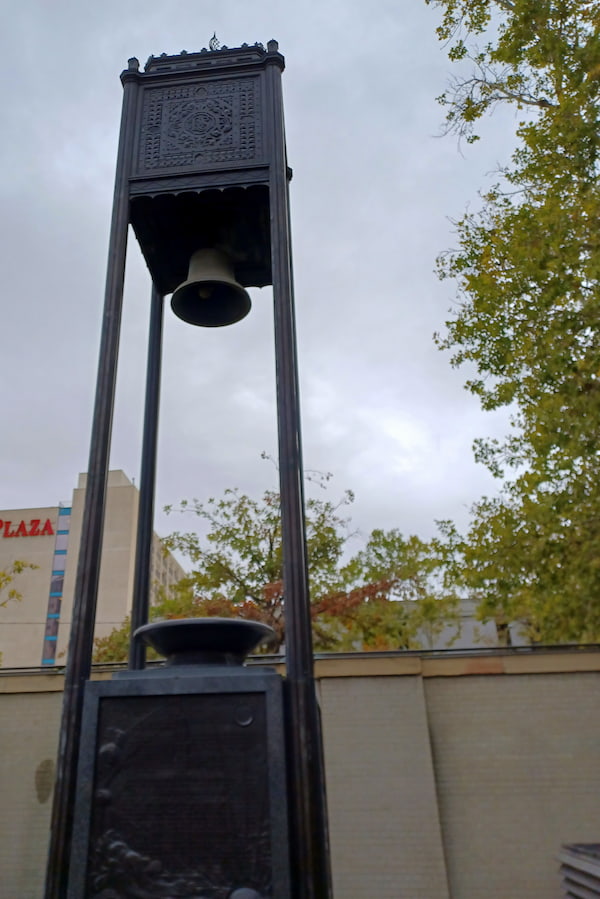
The Church recently announced that “The southwest corner of Temple Square has reopened to the public. Landscaping is still underway, but visitors can enjoy seeing three newly restored monuments.” As I have walked into the Tabernacle for rehearsals of the Bells at Temple Square each week, I have been a bit sad to see that those monuments do not include my favorite one (and a companion as a bell at Temple Square), the Relief Society Memorial Campanile. Often referred to as the Nauvoo Bell, the bell in the Campanile has a fascinating history that doesn’t actually include Nauvoo. Read More
-
•
•
16 responses
During those infrequent occasions when I’ve been able to teach pre-modern history and literature, one of the surprisingly consistent elements of the material we look at is hunger. Read More
-
•
•
5 responses

It was a whiteness beyond anything earthly I had ever seen; nor do I believe that any earthly thing could be made to appear so exceedingly white and brilliant. The visit of Moroni to Joseph Smith provided one of those so-rare glimpses into the aetherial beyond when Joseph Smith tried to describe Moroni with the quote above, and I’ve always been a little curious about what it could have meant exactly. So, for your occasional dose of a harmless but not very useful mystery speculation, two possibilities if we assume the validity of the claim: He was describing something that… Read More
-
•
•
One response
The latest offering from the Brigham Young University Religious Education Symposium in Honor of Sidney B. Sperry is Joseph Smith as a Visionary: Heavenly Manifestations in the Latter Days. Joseph Smith, Jr. is known for experiencing several visions, such as the First Vision, the visits of the Angel Moroni, the Vision of the Three Degrees of Glory, and the 1836 vision of the celestial kingdom. These experiences both made him comparable to contemporaries and moved him to the margins of society as well. In addition, the visions he recorded had a major impact on his theology. The book is a… Read More
-
•
•

Most of this lesson comes from D&C 25, the revelation in which Emma Smith is called to select the hymns for the Church’s first hymnal. But that calling is a small part of a revelation meant to provide Emma with help and support, as well as guidance in where she should devote her efforts—in “the Things of a Better World.” The lesson mostly leaves it up to us to determine what constitutes a ‘better world’—and it’s probably better that way. These selections are often involve complex ethical and moral judgments, so the lesson teaches the principles we should use to… Read More
-
•
•
One response
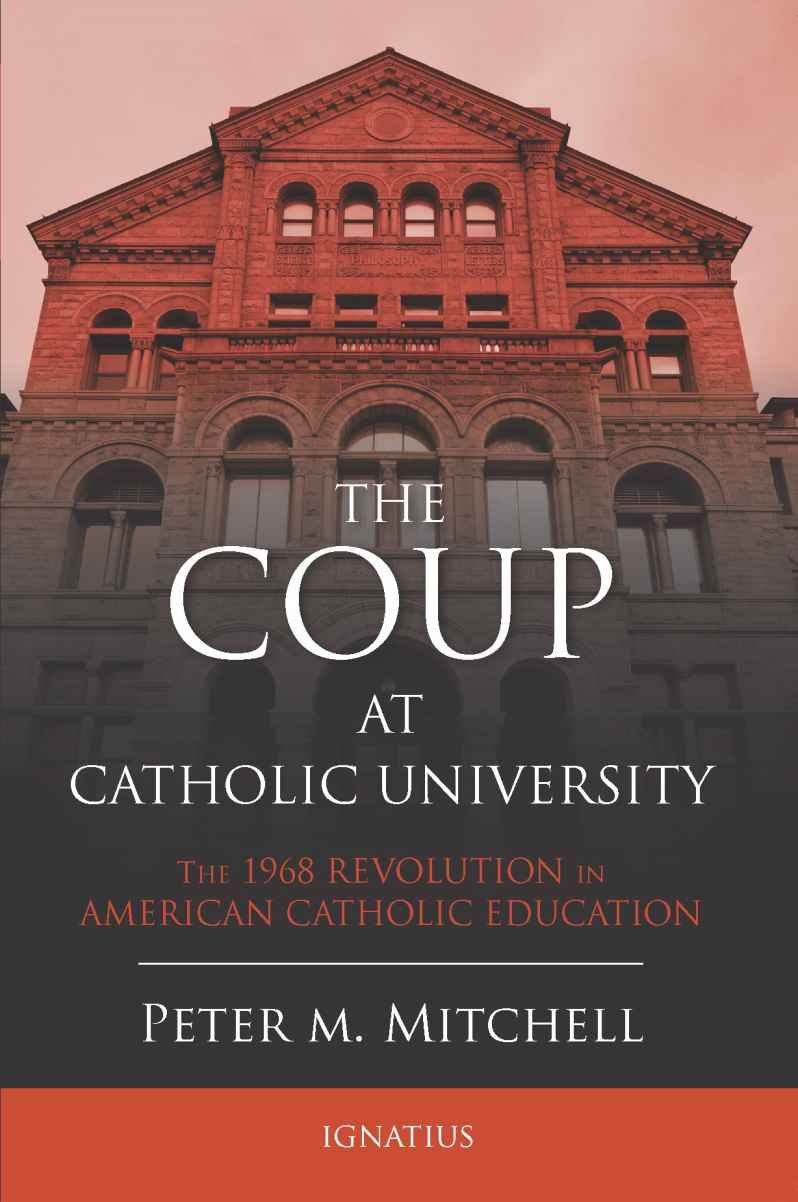
Note: This post was in the queue before this piece by Matthew Bowman went up at the Salt Lake Tribune. So it wasn’t created as a response to it, but in a way it does respond to the idea that the Catholics have figured out a way to effectively balance free thought with the religious character of a university that BYU would do well to adopt. They’ve had their own boundary maintenance and messiness as well. Sometimes as members we can get a little navel-gazy and think that a particular situation we are in is unique when it’s not. In… Read More
-
•
•
2 responses
The history of the Church around the world is still a developing field and while Mexico is one of the countries that has received attention, Fernando Gomez‘s A Documentary History of the Church of Jesus Christ of Latter-Day Saints in Mexico, 1875-1946 shows that there is still more to learn and discover about the history of the Church in Mexico. In a recent interview with Gomez at the Latter-day Saint history blog From the Desk, more about the early history of the Church in Mexico was discussed, focusing on the events of the 1930s that led up to the schism known… Read More
-
•
•
29 responses
Personalist autocracies are bad for 99.99% of the people who live under them. By enabling bribery and corruption, they’re a significant drag on the economy. A few people get rich, while everyone else ends up worse off. By promoting incompetent but loyal functionaries, they make it difficult to accomplish important government tasks or provide the kind of information – about the economy, health, even the weather – that individuals and institutions need for basic decision-making. With scientific and academic research deprecated and artistic direction dictated by the autocrat’s tastes, science and culture tend to stagnate, and talent migrates to greener… Read More
-
•
•
2 responses
As I’ve been working on my annotated Doctrine and Covenants this year, one resource I’ve enjoyed reading is The Doctrine and Covenants Study Guide: Start to Finish (Salt Lake City: Deseret Book, 2024), ed. Thomas R. Valletta. The book is formatted as the text of the Doctrine and Covenants with comments in wide margins and footnotes. The commentary is a blend of historical and linguistic context and devotional commentary and offers a variety of insights into the text and the people who are being addressed in the revelations. Read More
-
•
•

I’m currently spending time looking at the idea of ‘restoration’—probably the key idea that early members of the Church sought after. Our denomination is, and was then, considered a restoration of Christ’s original church. This lesson, covering mainly D&C 20, sometimes called the ‘constitution of the church, looks further at exactly what this means, and suggests that the main elements of the restoration can be divided into four categories: Doctrine, Ordinances, Priesthood Authority and Prophets. And as a result the lesson is divided into those four categories. Read More
-
•
•
5 responses
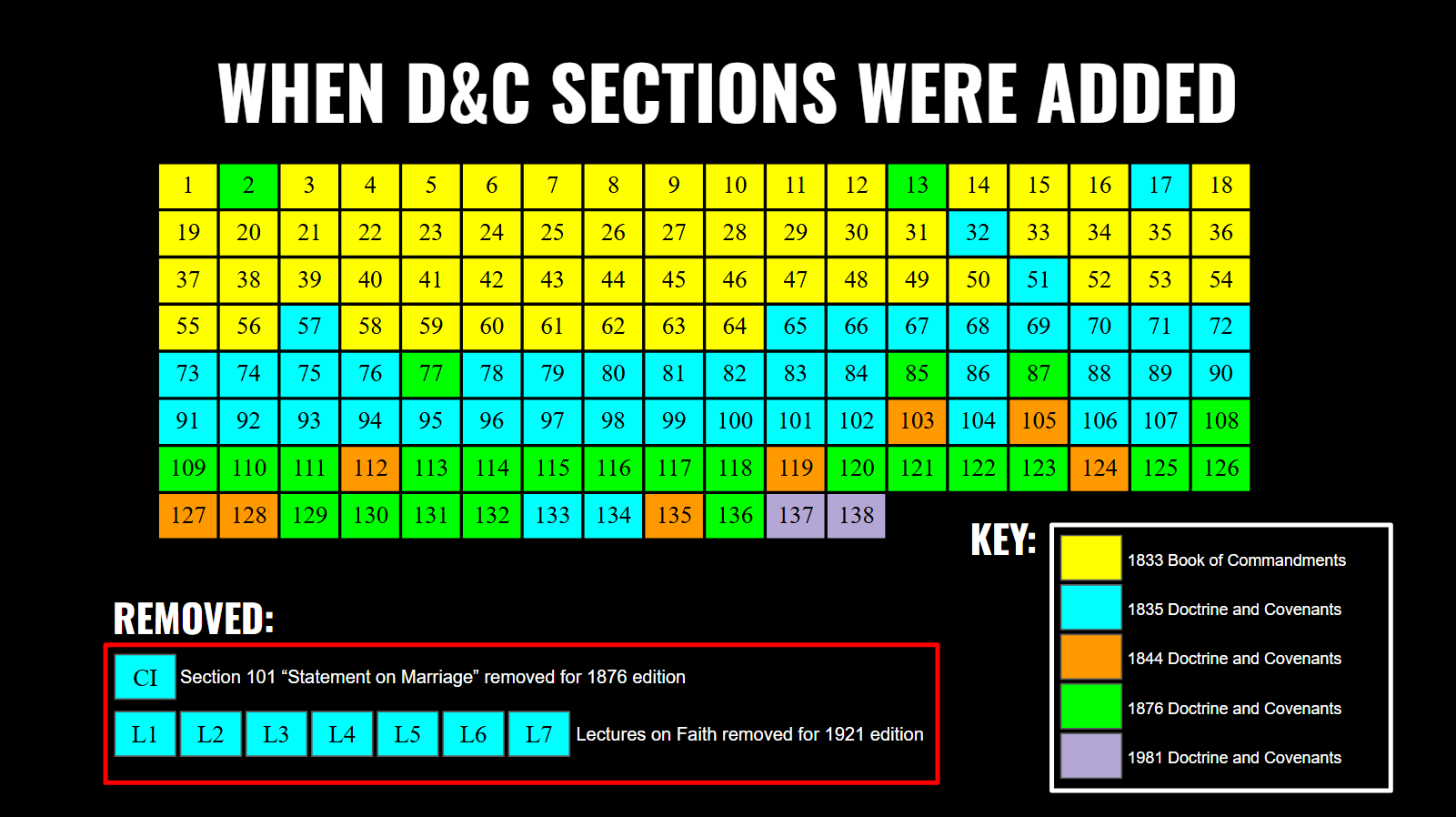
In AI world Anthropic recently released Claude 3.7 with extended thinking. The “extended thinking” function is the fruit of a realization in the AI labs that if you give the AI longer to think their responses are more thorough and accurate, so in addition to expanding the compute size you can expand the compute time parameter. Claude is best known for coding and application development, so since the announcement the AI Twitterverse has been exploding with people creating all sorts of (relatively) sophisticated games and simulations using a few lines of prompts. This has the potential to be a gamechanger… Read More
-
•
•
2 responses
The recently-published book Seven Visions: Images of Christ in the Doctrine and Covenants by Adam S. Miller and Rosalynde F. Welch is a fantastic opportunity to listen in on a conversation between two brilliant theological minds as they explore seven different sections of the Doctrine and Covenants with a Christological focus. The book is structured as a series of letters back and forth between the two authors, discussing the seven sections in question (19, 45, 76, 88, 110, 130, and 138). It was a delightful blend of heartfelt discussion, analysis of text, and conclusions that could sometimes be a surprising take… Read More
-
•
•
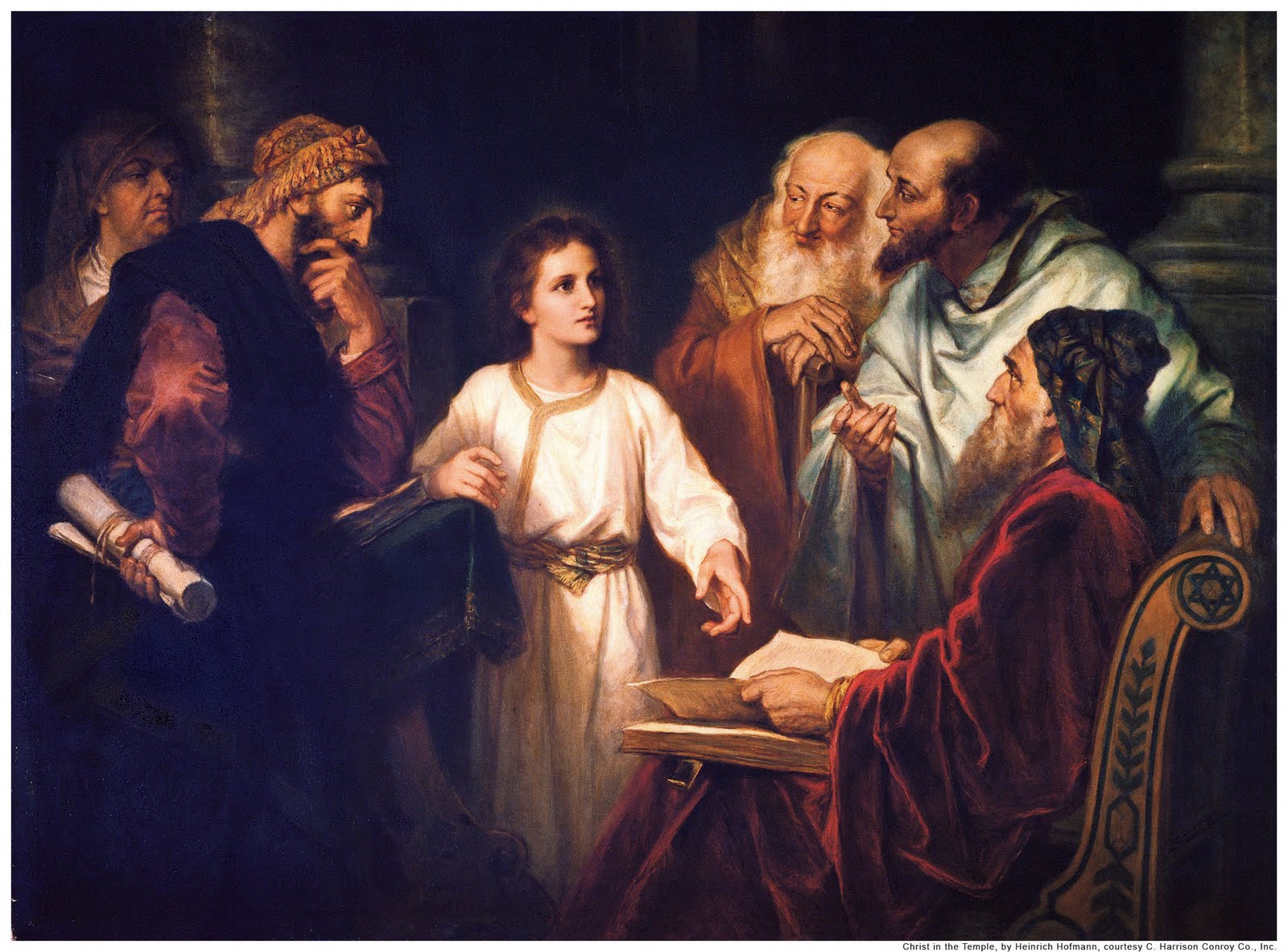
It might seem strange that the title of a lesson based on D&C 19, apparently written as Martin Harris struggled with wether to mortgage his farm to pay for the publication of the Book of Mormon, should be titled “Learn of Me.” But D&C 19 doesn’t talk about mortgages or farms, and the more I think about it, I realize that answers to many of our questions and struggles can be found in understanding better the nature of God. And when we take seriously the idea that we are His children, its not hard to realize that knowing God and… Read More
-
•
•
One response
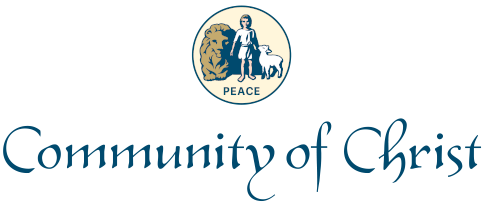
What happens when a leader of a faith does not actually believe in its founding precepts? Presumably this kind of situation would be rare, but I recently finished reading a history of the Nation of Islam, and was struck by the parallels and sometimes contrasts between its recent history and that of the Community of Christ. In both cases you had a faith that was an eclectic variation on a mainstream tradition–for the Community of Christ Christianity, and for the Nation of Islam Islam. In both cases you have a top leader who more or less inherited his position through… Read More
-
•
•
One response
Continuing my series of annotated and formatted text of the Doctrine and Covenants, here are D&C 10 – D&C 19. As noted before, be aware that this is still a very rough draft based on the 1921 edition (for copyright reasons). I have a lot of work to go before I plan to look into publishing the full thing for real (e.g., further analysis of intertextuality, more literature review for the Doctrine and Covenants, etc.). Also, for more notes on section 13 about the “keys of the ministering of angels,” check out my interview at the Latter-day Saint history… Read More

